
In the dynamic world of team sports, mastering defensive strategies is key to shutting down opponents and securing victories. One such strategy that has gained prominence is the “man-to-man” defense, known for its personalized approach to guarding players. This tactic, where each defender is responsible for marking a specific opponent, has become a cornerstone in the playbook of teams aiming for a tight and aggressive defensive scheme.

The man-to-man defense strategy stands out for its adaptability and pressure it places on opposing players. It’s not just about physical prowess; it requires sharp mental acuity and an understanding of one’s opponent. Teams that excel in this defensive pattern showcase a blend of coordination, communication, and stamina, making it a fascinating aspect of the game to both play and watch.
Pola Pertahanan Satu Jaga Satu Di Daerah Pertahanan Dinamakan

In team sports, the strategy of pola pertahanan satu jaga satu di daerah pertahanan dinamakan “man-to-man” defense has earned its place prominently. This intricate tactic emphasizes on defenders marking their counterparts closely, ensuring personalized attention to each offensive move. The core of this defensive pattern lies in its pressure-cooker environment, forcing opponents to make rapid decisions, often leading to mistakes.
The essence of the man-to-man defense resides in its adaptability. Defenders must possess the ability to read the game, anticipate movements, and adapt swiftly to changing situations. This adaptability is not innate and requires rigorous training, highlighting the importance of mental acuity and physical stamina. Teams that master this defensive technique often display a higher level of coordination and communication on the field, making them tough opponents to break down.
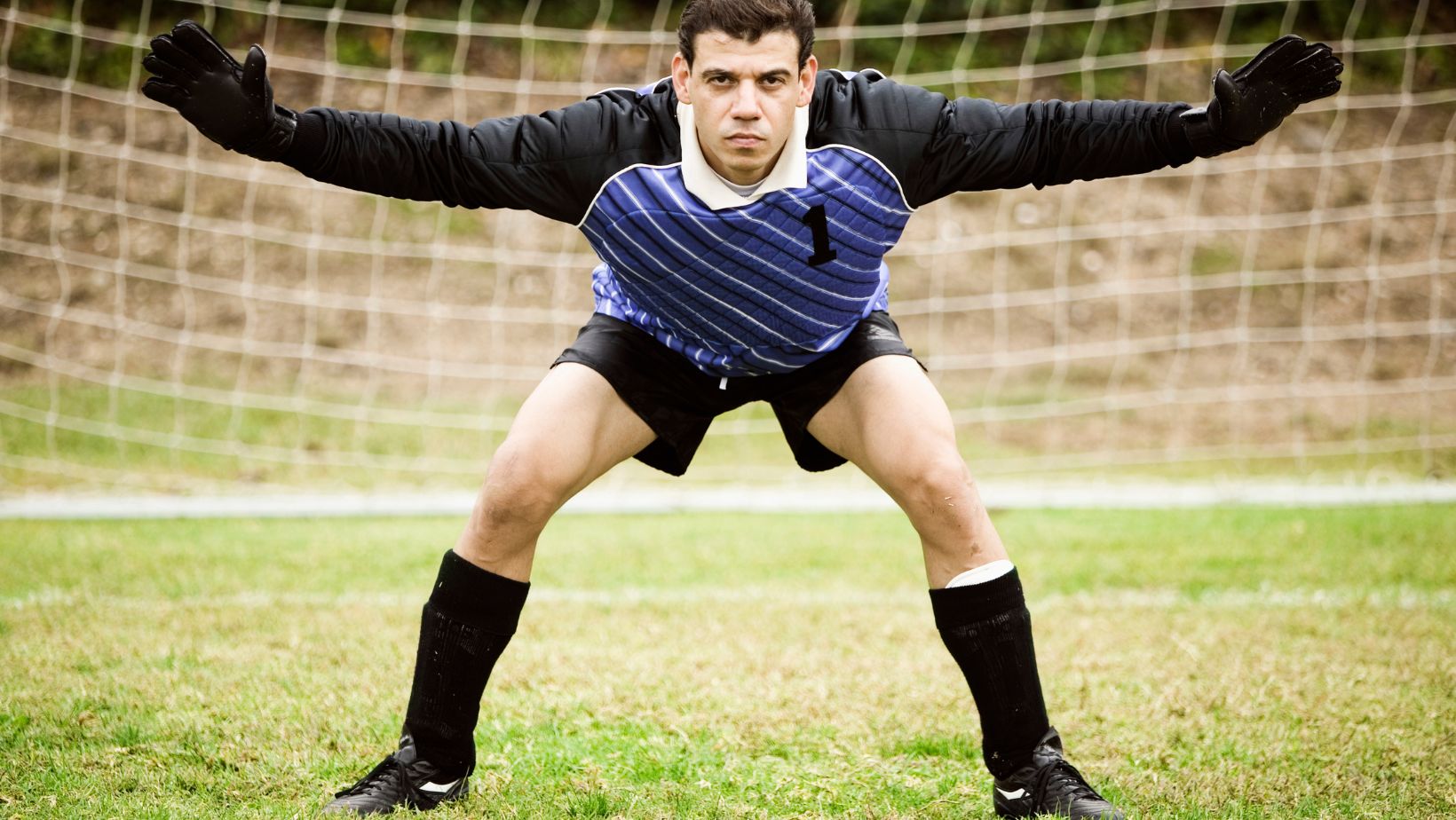
Several benefits come with the implementation of this defense strategy:
- Increased Pressure on opposing players, disrupting their rhythm and flow.
- Enhanced Coordination amongst defenders, promoting a more unified team effort.
- Improved Understanding of opponents’ tactics, allowing for preemptive actions.
Adapting to the man-to-man defense requires a steep learning curve. Players must not only perfect their own roles but also understand their teammates’ positions and potential challenges. This deep level of comprehension fosters a comprehensive defensive network, making it a preferred choice for teams aiming to nullify their opponents’ offensive threats effectively.

As the landscape of team sports continues to evolve, the relevance and application of pola pertahanan satu jaga satu di daerah pertahanan dinamakan man-to-man defense stand as a testament to its effectiveness. Teams investing time and resources into mastering this strategy often see significant improvements in their defensive capabilities, setting a foundation for success in competitive arenas.
Importance of “One Guard One Area” Defense Strategy
The “One Guard One Area” defense strategy, known in some circles as pola pertahanan satu jaga satu di daerah pertahanan dinamakan, has become a pivotal tactic in team sports that prioritize tight, effective defense mechanisms.
Effective Resource Allocation

Implementing the “One Guard One Area” defense strategy enables teams to allocate their defensive resources more effectively. This approach ensures that each defender is responsible for a specific opponent, thereby eliminating confusion and overlap of defensive duties. It simplifies decision-making for defenders, allowing them to focus on their direct assignments rather than worrying about multiple potential threats. This targeted allocation of resources ensures that defense efforts are not wasted or duplicated, leading to a more streamlined and efficient defensive operation.
Key benefits include:
- Reduction of Defensive Gaps: By assigning one defender to one attacker, teams can minimize the space available to opponents, making it difficult for them to find open areas.
- Quicker Response Times: Defenders are able to react more quickly to their direct opponents’ actions, as their focus is undivided.
- Better Usage of Defender Skills: Defenders can leverage their strengths more effectively when they are tasked with monitoring a single opponent.
Enhanced Individual Responsibility
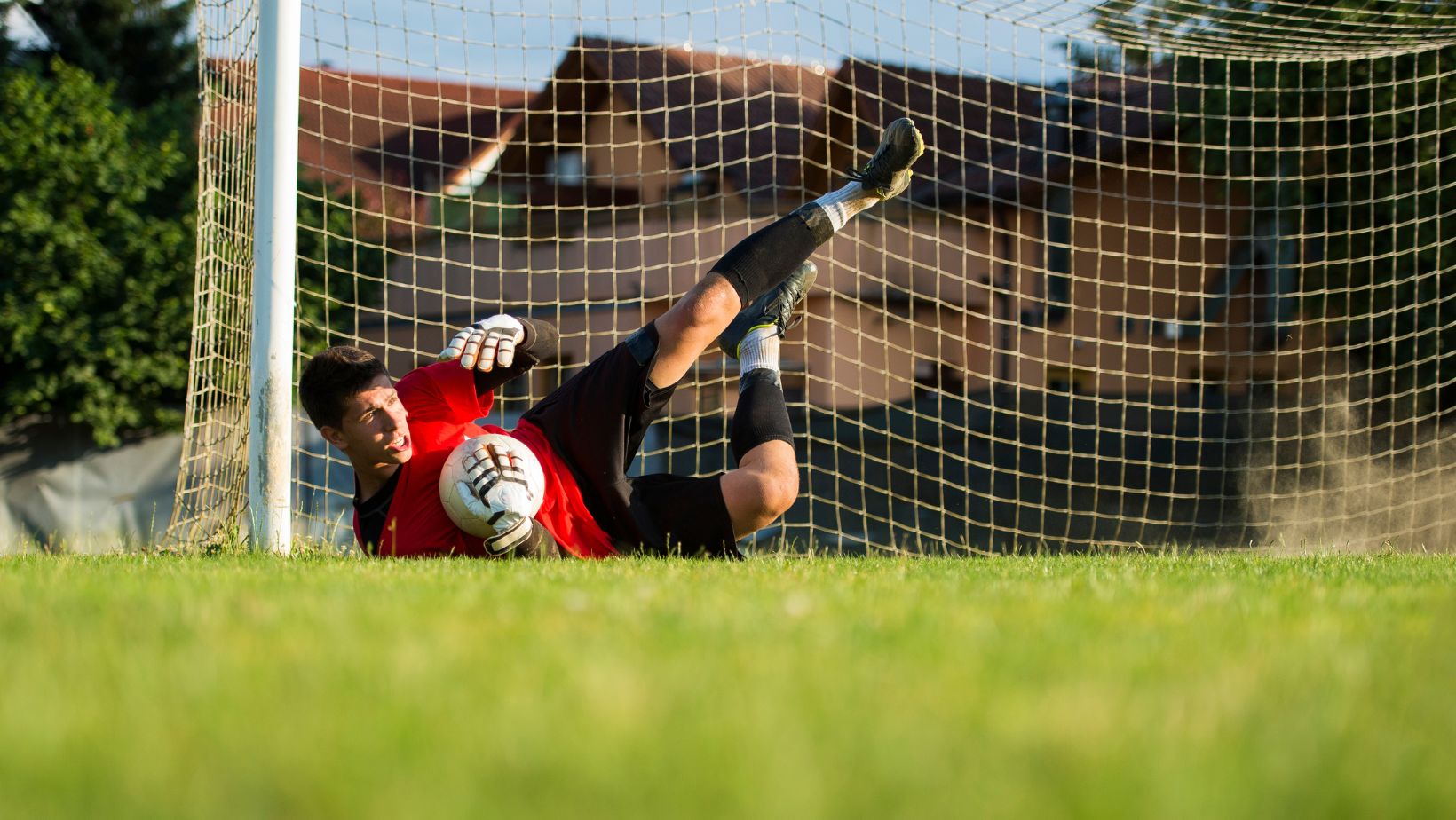
The “One Guard One Area” strategy also significantly enhances the sense of individual responsibility among team members. Each defender knows that their role is crucial and that failing to mark their opponent adequately could lead to scoring opportunities for the opposing team. This heightened sense of responsibility encourages players to be more diligent in their defending, leading to an overall improvement in defensive performance.
Benefits of enhanced responsibility:

- Increased Accountability: Players are more likely to take ownership of their defensive duties, knowing that their performance can directly influence the game’s outcome.
- Improved Defensive Skills: The constant challenge of one-on-one defense forces players to refine their defensive tactics and techniques.
- Stronger Team Cohesion: As each player understands and fulfills their role, the overall team defense becomes more coordinated and effective.
By emphasizing effective resource allocation and enhanced individual responsibility, the “One Guard One Area” defense strategy not only optimizes a team’s defensive efforts but also fosters a culture of accountability and precision. Teams that master this approach can create formidable defensive units capable of thwarting even the most aggressive offensive strategies.
Implementation of “One Guard One Area” Defense Strategy
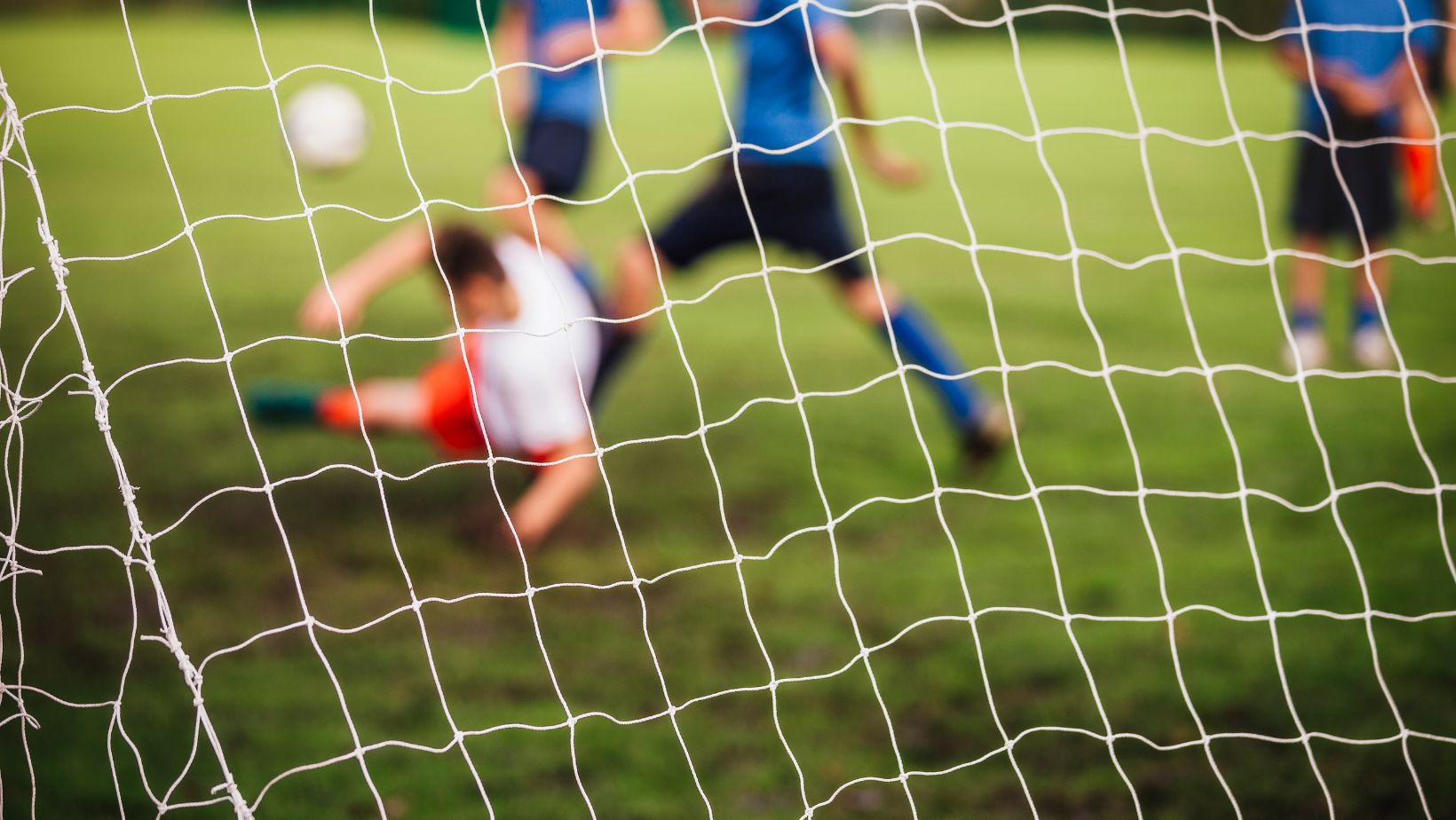
The “One Guard One Area” defense strategy, or pola pertahanan satu jaga satu di daerah pertahanan dinamakan, stands out for its meticulous approach to defense in team sports. This section delves into how teams implement this strategy effectively by dividing responsibilities clearly and fostering specialization among players.
Clear Division of Responsibilities
The core feature of the “One Guard One Area” strategy is its Clear Division of Responsibilities. Each player is assigned a specific zone or opponent to guard, ensuring that all potential threats are covered. This methodical allocation of defensive duties effectively reduces confusion and overlap, leading to a more organized defensive structure. Teams practicing this tactic witness a significant improvement in their ability to counter opposing offenses, as it minimizes defensive gaps and enhances the overall responsiveness of the unit. Key benefits include:

- Minimized Overlaps: Ensures players don’t crowd the same area or opponent, reducing defensive inefficiencies.
- Increased Accountability: Each player knows their role and the area they need to protect, instilling a sense of responsibility.
Implementing this strategy requires meticulous planning and coordination among team members to ensure optimal coverage of the defensive zone. Coaches often employ drills that simulate game scenarios, reinforcing the importance of staying within one’s assigned area and maintaining focus on the designated opponent.
Specialization and Expertise

By adhering to the “One Guard One Area” defense format, players have the opportunity to hone their skills in specific areas of the game. This specialization leads to a higher level of expertise, as players become more adept at anticipating and neutralizing the threats posed by opponents they are assigned to guard. Over time, this not only improves individual defensive skills but also elevates the team’s overall defensive prowess. Key aspects of specialization include:
- Enhanced Player Development: Focusing on specific defensive tasks allows players to develop a deeper understanding and skill set pertinent to their roles.
- Strategic Flexibility: Teams can exploit the specialized skills of their players to adapt their defensive strategy based on the opposing team’s offensive patterns.
Specialization requires a tailored training approach, where coaches identify and nurture each player’s strengths and weaknesses. This personalized coaching ensures that the team not only has a tight defense but also possesses players capable of dealing with a variety of offensive strategies with confidence and competence.
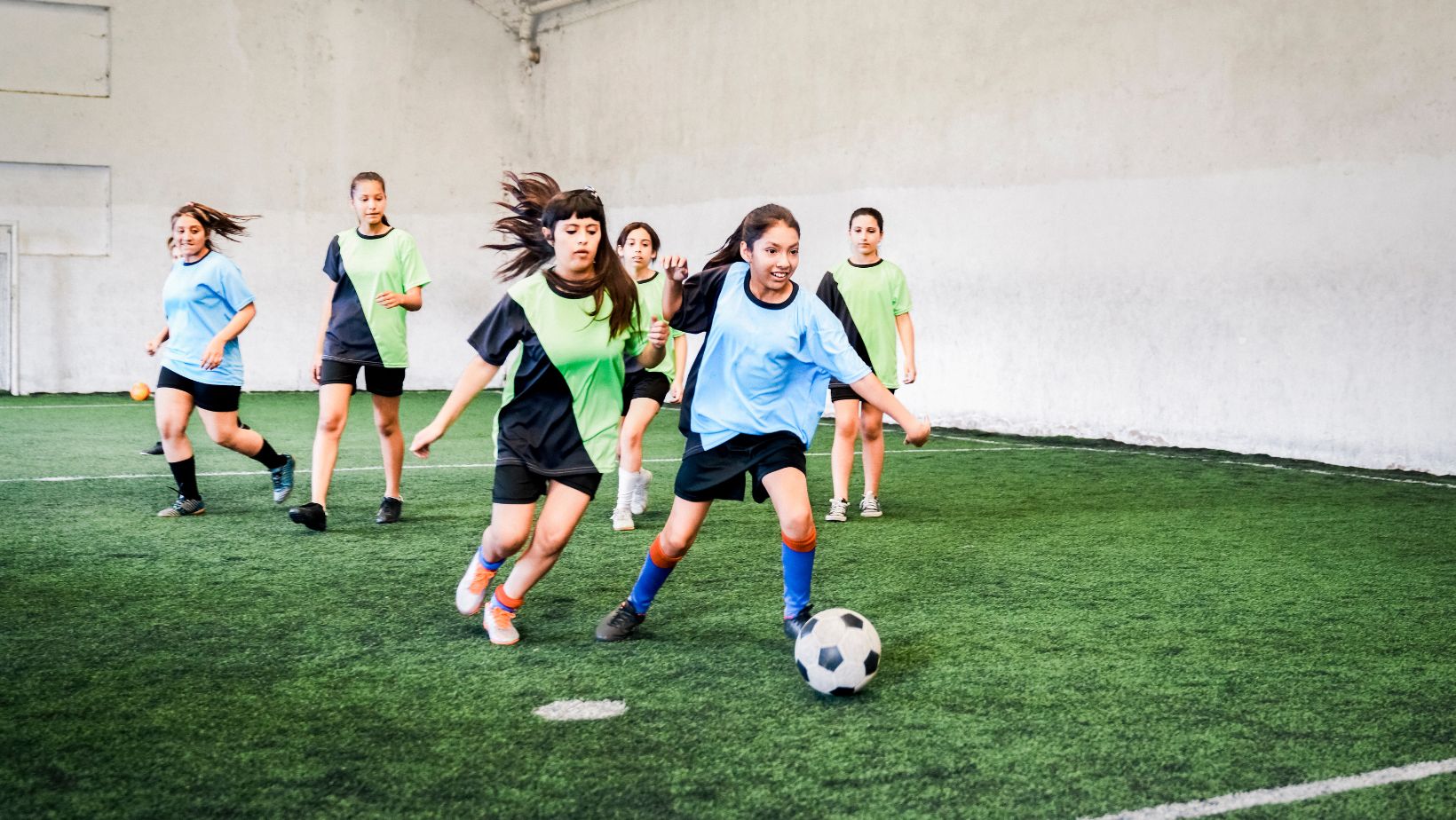
By focusing on a clear division of responsibilities and encouraging specialization and expertise, teams implementing the “One Guard One Area” defense strategy create a formidable defensive unit capable of challenging even the most aggressive offensive plays. Through dedicated practice and strategic planning, the principles of this defense tactic are ingrained, making it a hallmark of successful teamwork and defensive excellence.
Advantages of “One Guard One Area” Defense Strategy
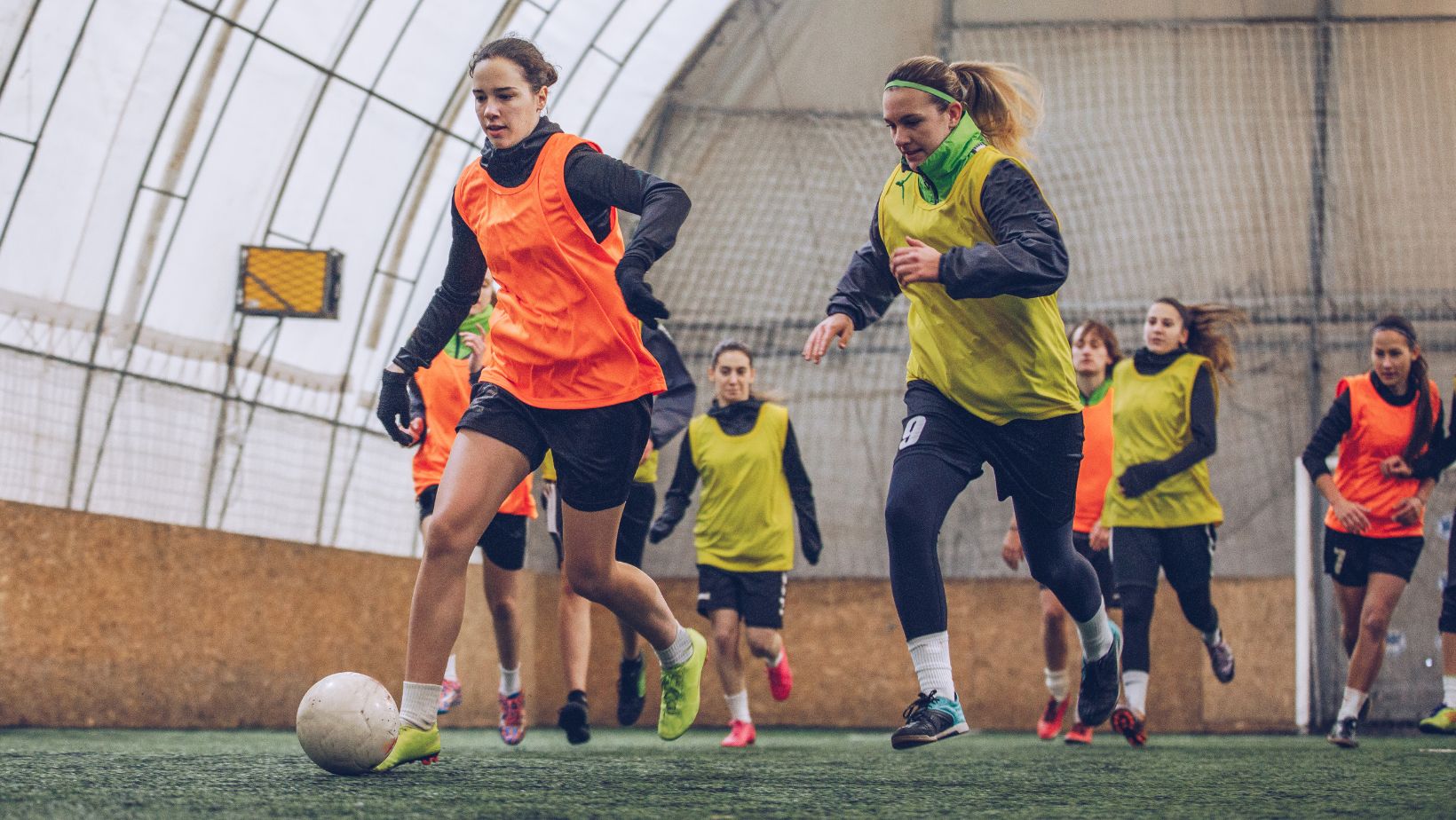
The “One Guard One Area” defense strategy, a method where each player is responsible for guarding a specific zone or opponent, presents several advantages that significantly enhance team performance. By focusing on this approach, teams can leverage individual strengths, create a more cohesive defense, and effectively counter opposing offenses.
Improved Coordination
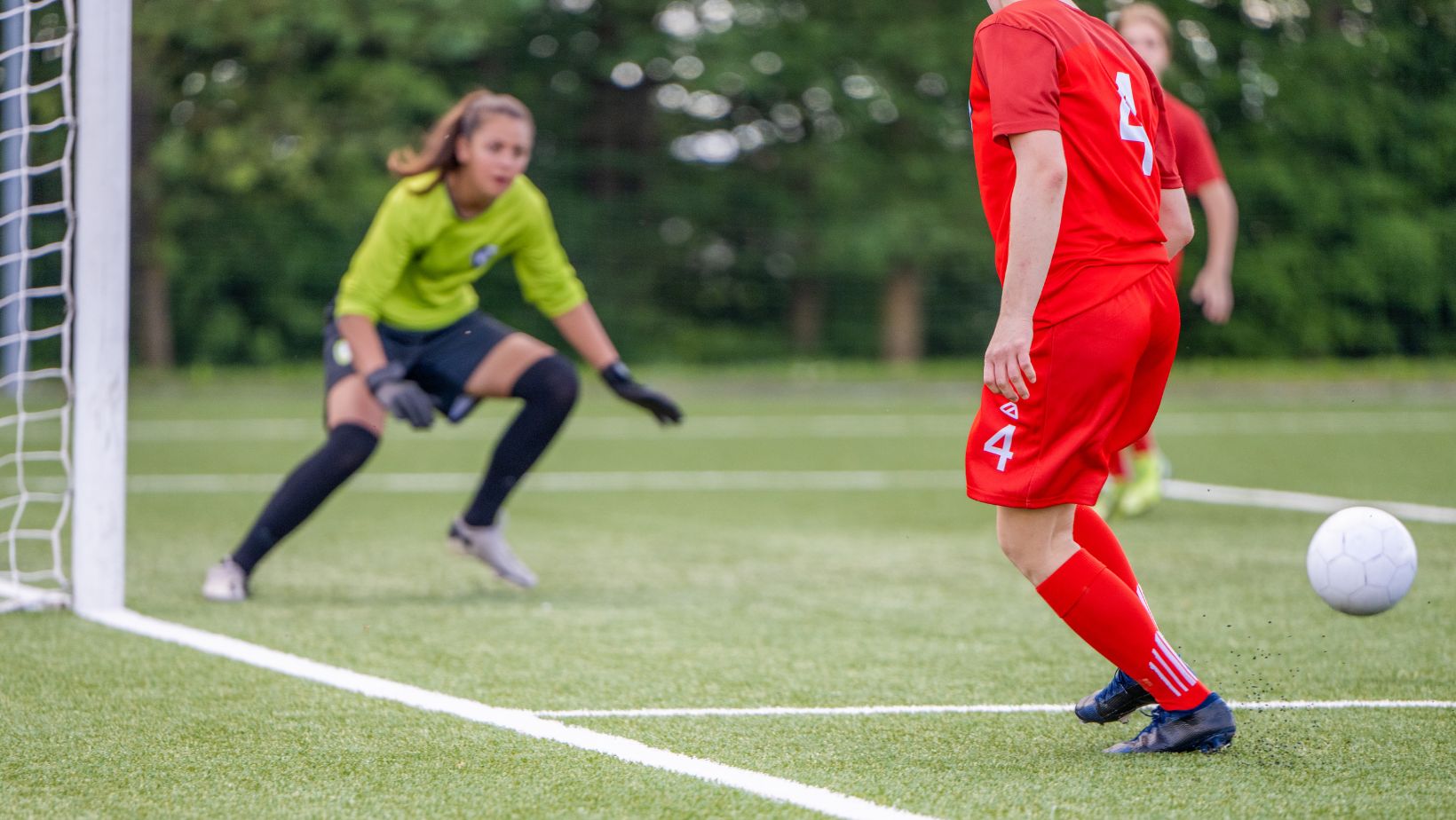
Implementing the “One Guard One Area” strategy leads to markedly improved coordination among team members. With each player assigned a specific zone or opponent, there’s a clear understanding of individual roles. This clarity reduces confusion on the field or court and ensures that players work harmoniously as a unit.
- Clear communication becomes more straightforward, as each player knows whom to direct their instructions and updates to.
- Teams can avoid duplicating efforts, with no two players mistakenly covering the same opponent or area.
- This structure allows for seamless switching of defense roles when necessary, as each player is aware of the boundaries and responsibilities of their teammates’ zones.
Such coordination is critical in maintaining a solid defense that can adapt to the dynamic challenges posed by opposing teams’ offensive strategies.
Quick Response Time

One of the standout benefits of the “One Guard One Area” defense strategy is the significantly quicker response time it facilitates. Since players are focused on a specific opponent or zone, they’re better positioned to react swiftly to any movements or plays initiated by the offense.
- Players develop a deep understanding of their opponents’ tactics when assigned a single adversary, enabling them to anticipate and counter moves more effectively.
- Specialization in defending against specific types of plays or players enhances a team member’s ability to respond rapidly and accurately.
Teams that master this strategy can often stymie their opponents’ offensive efforts through rapid, well-coordinated defensive maneuvers, making it difficult for the offense to find gaps or weaknesses to exploit. Through improved coordination and quick response times, the “One Guard One Area” defense strategy bolsters a team’s ability to protect their zone, maintain a strong defensive stance, and ultimately, secure a competitive edge.
Must Know About Pola Pertahanan Satu Jaga Satu Di Daerah Pertahanan Dinamakan

The “One Guard One Area” defense strategy stands out as a game-changer in team sports. It’s not just about defending; it’s about doing so with precision, leveraging each player’s strengths to form an impenetrable defense. Teams that adopt this strategy not only enhance their defensive capabilities but also set the stage for more dynamic and strategic gameplay. By focusing on individual roles within a cohesive system, they’re able to respond more swiftly to threats and maintain a competitive edge. This approach doesn’t just disrupt the opponent’s offense—it reshapes the very dynamics of team defense.


